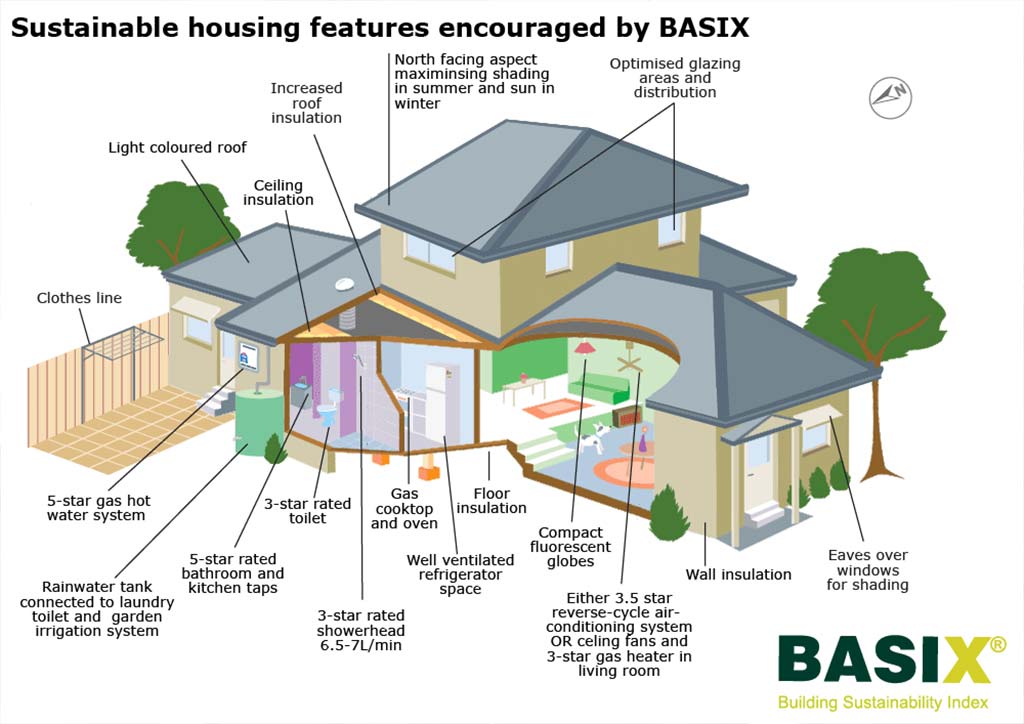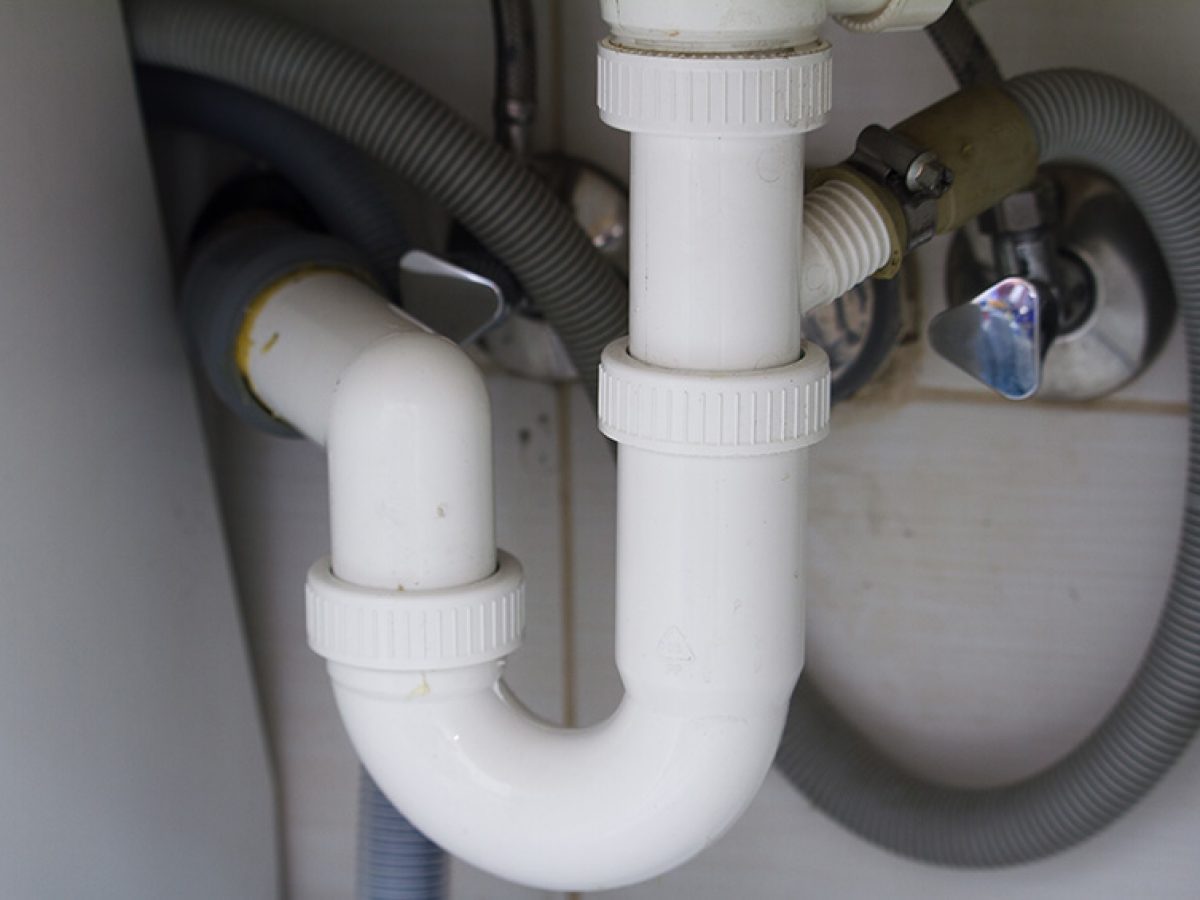Essential Insights About Your Home's Plumbing System Anatomy
Essential Insights About Your Home's Plumbing System Anatomy
Blog Article
They are making a few good points related to Plumbing Installation 101: All You Need to Know in general in this great article down below.

Understanding how your home's plumbing system works is necessary for each house owner. From providing tidy water for alcohol consumption, food preparation, and bathing to safely removing wastewater, a well-maintained plumbing system is essential for your household's health and wellness and comfort. In this extensive guide, we'll check out the elaborate network that comprises your home's pipes and deal ideas on upkeep, upgrades, and managing usual concerns.
Intro
Your home's pipes system is greater than just a network of pipes; it's a complex system that ensures you have access to clean water and efficient wastewater removal. Understanding its components and how they work together can help you prevent costly repairs and guarantee every little thing runs smoothly.
Fundamental Components of a Pipes System
Pipelines and Tubing
At the heart of your pipes system are the pipelines and tubes that bring water throughout your home. These can be made from various materials such as copper, PVC, or PEX, each with its advantages in regards to longevity and cost-effectiveness.
Components: Sinks, Toilets, Showers, and so on.
Fixtures like sinks, toilets, showers, and bath tubs are where water is made use of in your home. Understanding just how these components attach to the pipes system assists in identifying problems and intending upgrades.
Shutoffs and Shut-off Points
Shutoffs regulate the flow of water in your plumbing system. Shut-off shutoffs are crucial throughout emergencies or when you need to make fixings, enabling you to isolate parts of the system without disrupting water circulation to the whole home.
Supply Of Water System
Main Water Line
The major water line connects your home to the community water or a private well. It's where water enters your home and is dispersed to different fixtures.
Water Meter and Stress Regulator
The water meter measures your water use, while a pressure regulator makes certain that water streams at a safe stress throughout your home's pipes system, preventing damages to pipes and fixtures.
Cold Water vs. Warm water Lines
Understanding the difference between cold water lines, which provide water straight from the main, and warm water lines, which carry warmed water from the water heater, aids in troubleshooting and preparing for upgrades.
Drain System
Drain Pipes Pipes and Traps
Drain pipelines carry wastewater far from sinks, showers, and bathrooms to the sewer or sewage-disposal tank. Traps stop sewer gases from entering your home and additionally trap particles that could trigger clogs.
Air flow Pipelines
Ventilation pipelines permit air into the water drainage system, preventing suction that might reduce drain and trigger catches to empty. Correct ventilation is necessary for maintaining the stability of your plumbing system.
Significance of Correct Drainage
Guaranteeing correct drainage stops back-ups and water damage. On a regular basis cleaning drains and keeping traps can stop costly repair services and prolong the life of your pipes system.
Water Heating System
Kinds Of Hot Water Heater
Water heaters can be tankless or conventional tank-style. Tankless heating systems warmth water on demand, while storage tanks save warmed water for immediate use.
Updating Your Pipes System
Reasons for Upgrading
Updating to water-efficient components or changing old pipes can enhance water high quality, lower water bills, and enhance the value of your home.
Modern Pipes Technologies and Their Advantages
Discover modern technologies like clever leakage detectors, water-saving commodes, and energy-efficient water heaters that can save money and minimize environmental effect.
Price Factors To Consider and ROI
Calculate the upfront costs versus long-lasting cost savings when taking into consideration pipes upgrades. Several upgrades spend for themselves via reduced utility bills and fewer repair work.
Exactly How Water Heaters Link to the Pipes System
Comprehending just how hot water heater attach to both the cold water supply and warm water circulation lines aids in detecting concerns like not enough warm water or leakages.
Upkeep Tips for Water Heaters
Regularly purging your hot water heater to get rid of debris, examining the temperature level setups, and checking for leakages can expand its lifespan and boost power performance.
Usual Pipes Issues
Leaks and Their Causes
Leakages can take place because of aging pipes, loose installations, or high water stress. Resolving leakages without delay protects against water damage and mold growth.
Obstructions and Clogs
Obstructions in drains pipes and bathrooms are typically triggered by flushing non-flushable products or an accumulation of grease and hair. Using drainpipe displays and being mindful of what goes down your drains pipes can stop blockages.
Signs of Pipes Troubles to Look For
Low water pressure, slow-moving drains pipes, foul odors, or uncommonly high water costs are indications of prospective plumbing troubles that must be dealt with without delay.
Plumbing Upkeep Tips
Routine Examinations and Checks
Arrange yearly plumbing examinations to catch problems early. Seek indications of leaks, deterioration, or mineral accumulation in taps and showerheads.
Do It Yourself Maintenance Tasks
Straightforward tasks like cleansing faucet aerators, checking for commode leaks making use of color tablets, or shielding revealed pipelines in cool climates can prevent significant plumbing concerns.
When to Call an Expert Plumber
Know when a pipes issue needs specialist knowledge. Trying complex repair services without correct expertise can bring about more damage and greater repair costs.
Tips for Minimizing Water Use
Simple habits like repairing leaks immediately, taking shorter showers, and running full tons of washing and meals can preserve water and reduced your energy costs.
Eco-Friendly Pipes Options
Take into consideration sustainable plumbing products like bamboo for floor covering, which is durable and environment-friendly, or recycled glass for counter tops.
Emergency Preparedness
Steps to Take During a Plumbing Emergency situation
Know where your shut-off shutoffs lie and how to turn off the water supply in case of a burst pipeline or significant leakage.
Relevance of Having Emergency Situation Get In Touches With Helpful
Maintain contact information for neighborhood plumbers or emergency situation solutions easily available for quick response during a pipes situation.
Ecological Effect and Conservation
Water-Saving Fixtures and Devices
Setting up low-flow faucets, showerheads, and bathrooms can considerably reduce water usage without giving up efficiency.
DIY Emergency Fixes (When Suitable).
Momentary repairs like using air duct tape to spot a dripping pipe or placing a pail under a trickling tap can reduce damages up until an expert plumber gets here.
Verdict.
Understanding the makeup of your home's pipes system encourages you to keep it effectively, saving time and money on repair services. By complying with normal upkeep routines and staying informed regarding modern plumbing technologies, you can ensure your pipes system operates effectively for years to find.
HOW YOUR PLUMBING SYSTEM WORKS
Which Pipes Do What?
Blue lines = fresh water supply entering the building Red lines = hot water supply entering the building Grey lines = pipes carrying waste away from the building and venting pipes carrying gases away from the building (through the roof) YOUR MAIN PLUMBING SYSTEMS
There are two main plumbing systems that support your home s basic plumbing needs one that brings clean water into your home, and one that sends dirty water away from your home. Connected to the toilet, bath, shower, and other faucets in your home, these two systems keep your water flowing in the right directions.
ACCESSING FRESH WATER
Fresh and clean water is brought into your home through the main water supply line . Filtered through one pipe, this water is pressured to flow into the various fixtures in your home at any given time.
This water can be sourced from a well located on your property, a pond or river (mostly cottages), or, as in most cases, from the city s municipal water treatment centre. However, it is important to note that water that is untreated, such as the water siphoned from ponds or rivers, may not be safe to drink. Personal water supplies always need to be treated for hardness and contaminants before consumed.
MUNICIPAL WATER SUPPLIES
Improve taste and odour Remove sediment Eliminate hardness Reduce chlorine COLD WATER SUPPLY VS. HOT WATER SUPPLY
Cold water flows into your home or building through the service line, which then distributes hot or cold water to your fixtures. This line is most commonly run through a central column that runs floor to floor. Hot water runs in short and straight pipes as the longer the pipeline, the more heat that will be lost in the transfer. Having shorter pipes also allows residents to access hot water more quickly.
WASTE WATER SYSTEM
Your wastewater system is divided into two parts pipes that send wastewater away from your home and venting pipes that send sewer gas away from your home. Sewage water travels through pipes that flush the water and waste towards local sewers that are operated and managed by your city or town. Most sewer systems rely on gravity to move the wastewater to where it needs to go.
The further away from your toilet or sink, the larger wastewater pipes become. This allows for waste to be disposed of from various parts of your home or business at once without pipe blockages. The angle and flow of these pipes are also essential for keeping your waste pipes clear of build up.
https://harrisplumbing.ca/how-your-home-plumbing-system-works/

We were made aware of that editorial about The Inner Workings of Your Home's Plumbing through a friend on another web page. Enjoyed reading our blog posting? Please share it. Let other people find it. We treasure reading our article about Plumbing Installation 101: All You Need to Know.
Hire A Pro Report this page